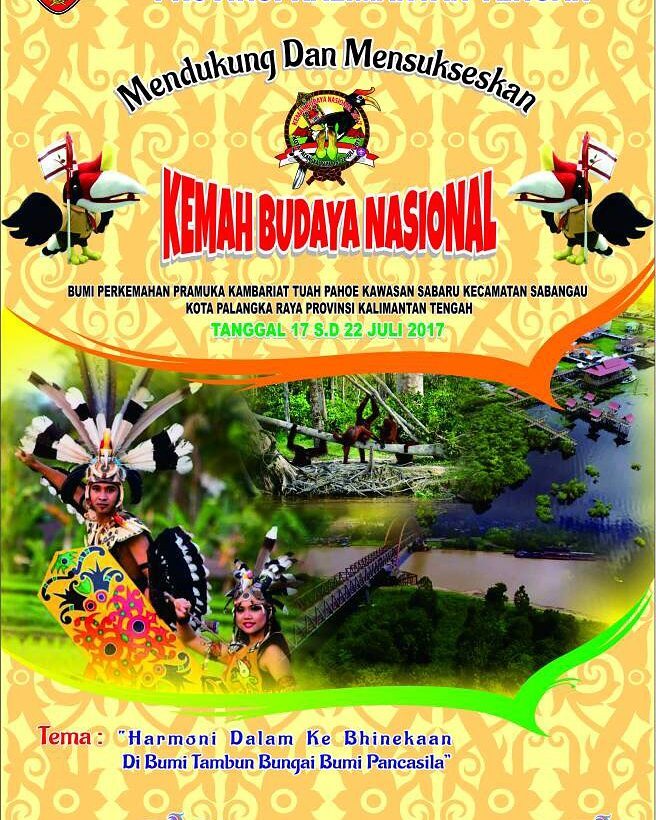
THE DAYAK DANCER
Siti the Dayak Dancer
by David Metcalf
Siti is an extraordinarily beautiful and determined young woman. Her story is one of courage and determination and a desire to represent her culture through the spirit of dance. And she has a dream.
This talented dancer was born twenty-five years ago in a small village, Mungku Baru, about a two-hour boat journey from Palangkaraya in Central Kalimantan where she now lives. Her father is Javanese and moved to Palangkaraya under the transmigration program. Siti’s mother is Ngaju Dayak. Her village is very traditional and she shared some of her beliefs with me, “My village is full of many spirits, some good, some bad. The Shaman in my village drives away the bad spirits and we feel safe and secure in our traditional beliefs.”
Siti started dancing when she was just five years old and has never really stopped. In 2012, after leaving university she decided to make a career of teaching traditional Dayak dance and in January this year opened her own dance studio called Darung Tingang which means big bird.
A typical day begins at 6.30 in the morning and Siti often teaches or practises until 7.00 in the evening, sometimes sleeping in her studio, which is a reflection of how determined she is to make the studio a success. The majority of her students are children aged four to 12 years and she does teach some older high school children. Siti told me, “I believe every Dayak child who wants to dance should be allowed that opportunity, so if they come from poor families and cannot afford the Rp.200,000 per month, then I will teach them for free.”
This kind-hearted woman sometimes has to survive on Rp.500,000 a month but is determined to make Darung Tingang a success. She is able to supplement her income by performing at weddings and government functions and occasionally for tourist groups, although few foreigners visit Palangkaraya, but Siti has a dream.
“I want to perform in other places in Indonesia and overseas. When I dance I try and evoke the spirits of the past and I feel strongly connected with my culture. However, I want to learn about other cultures also. I hear there are other people similar to us, like the American Indians and I would love to dance with these people one day. My mother is afraid that our culture is losing its way and we are becoming disconnected with the land as more Dayaks leave the forests and rivers and move to the cities, like I have done. Dance is a very important way to teach the younger generation to value our history and ancient beliefs,” said Siti.
Watching Siti dance, it is clearly apparent that this beautiful young woman loves what she does. There is such expression in her dance, which embraces joy and happiness. It is obvious to me that she was born to dance and it would be a great shame if audiences all over the world do not see this beauty and grace. Through her Dayak traditional dance, her culture is beautifully represented and should be shared both locally and overseas.
Want to help Siti achieve her dream?
Contact David Metcalf who is supporting Siti’s dance academy. The dance school needs traditional musical instruments and financial support to perform in other countries.
David arranged for Siti and her group to fly to Jakarta to perform at his book launch at the Museum National, which took place on March 6th. The book titled Indonesia’s Hidden Heritage – Cultural Journeys of Discovery is a showcase of Indonesian culture. Siti and her group are featured in the book and it looks like her dream is starting to come true.
Author: David Metcalf




This Post Has 0 Comments